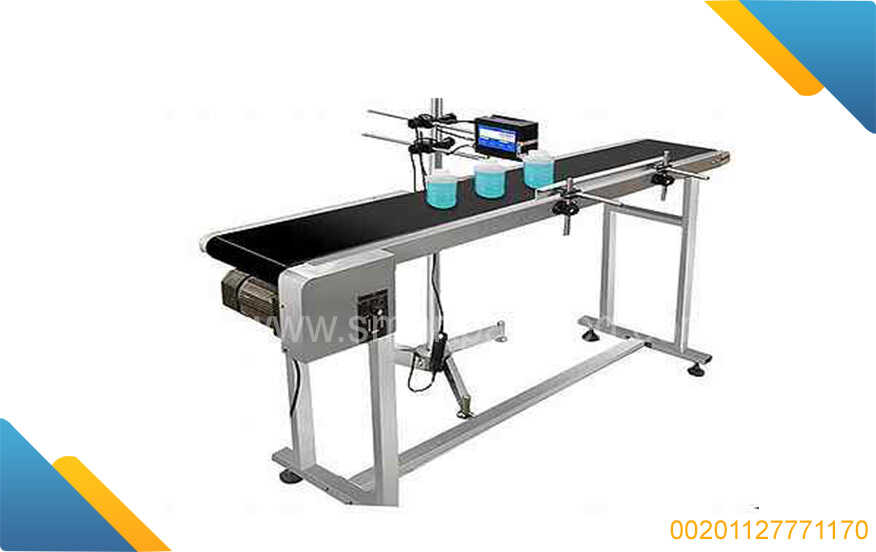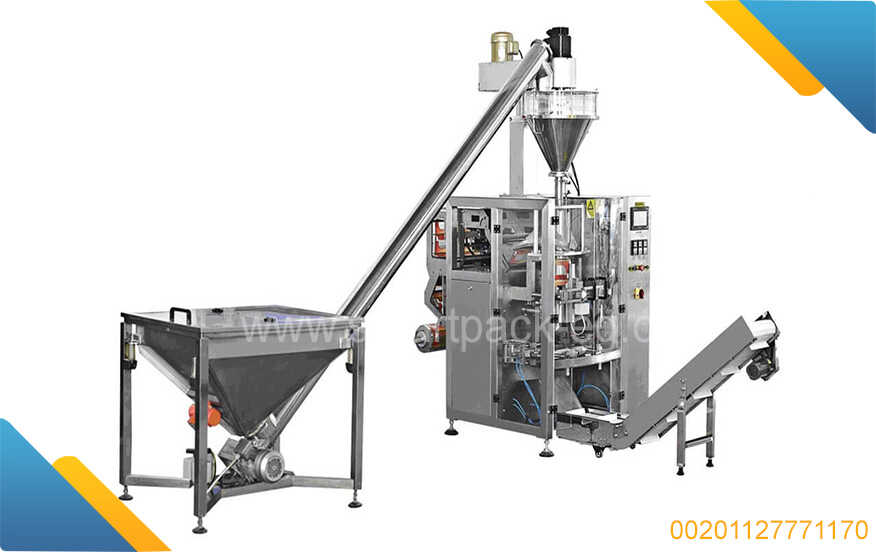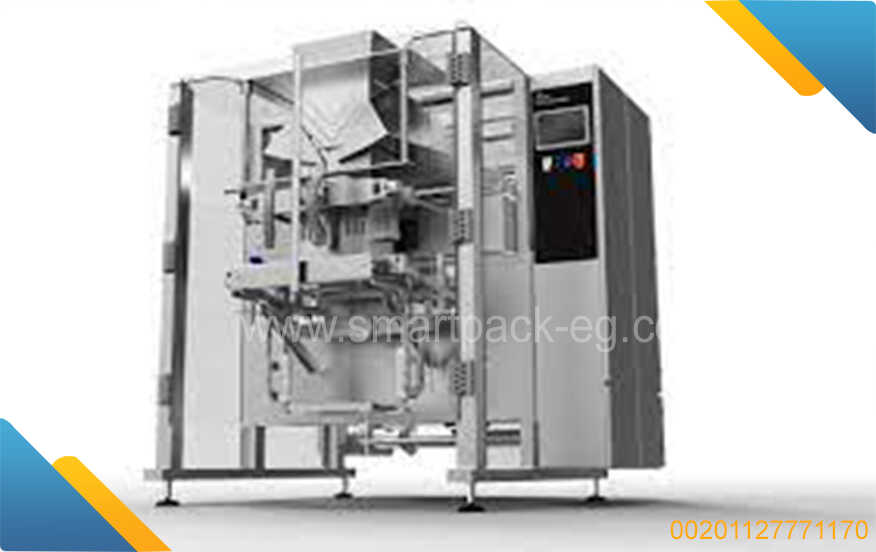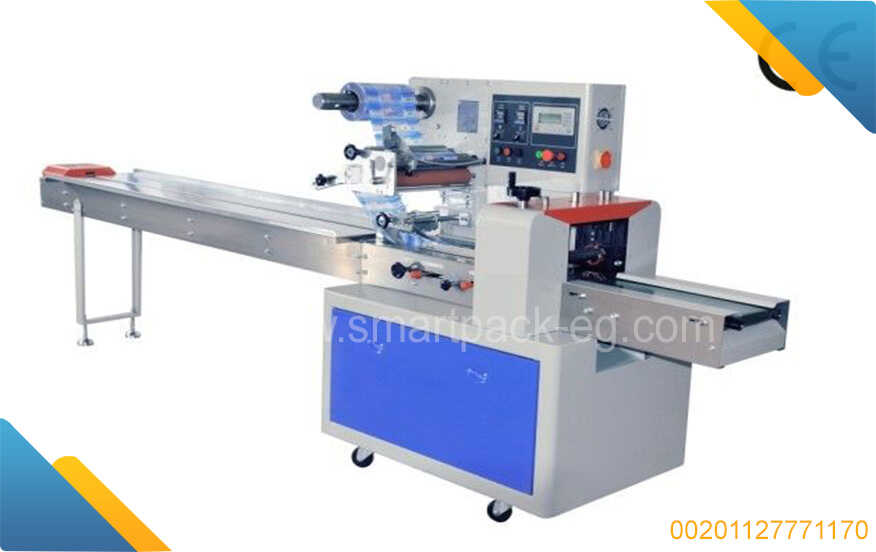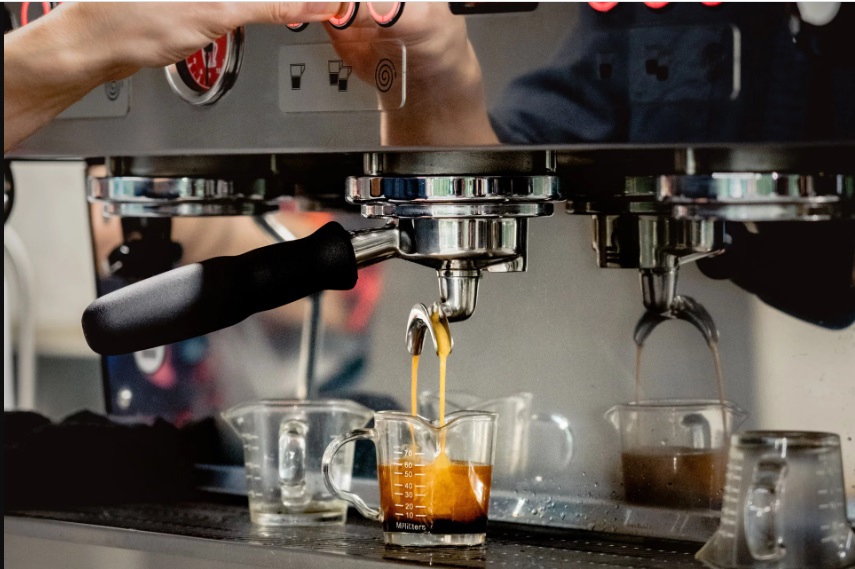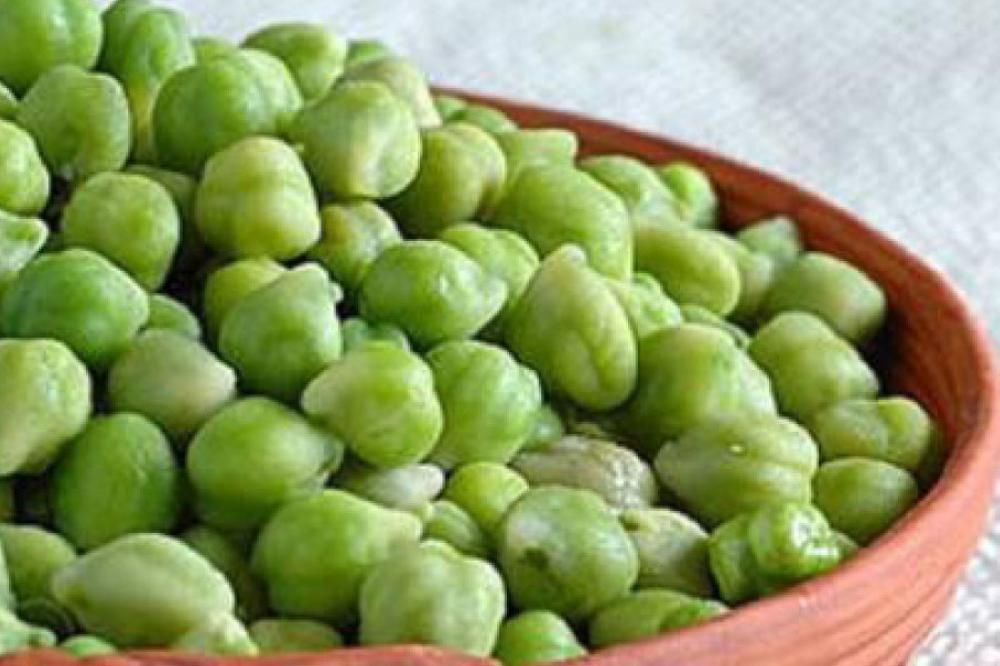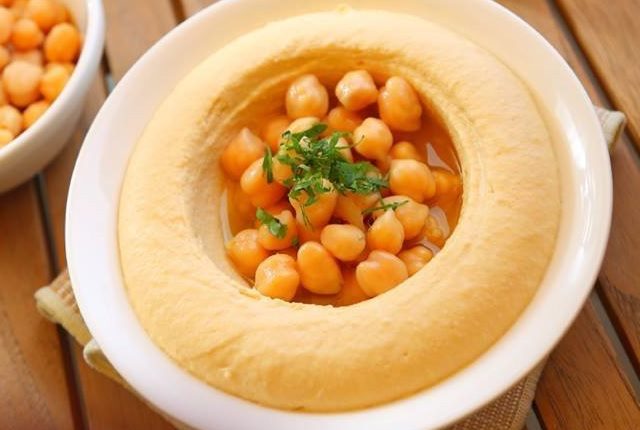How To Guide: Feasibility Study of Trading Original Bee Honey and Honey Packaging Machines
In this guide, I will provide you with a step-by-step process for conducting a feasibility study on the idea of trading original bee honey and honey packaging machines. A feasibility study is crucial in determining the viability and potential success of a business venture. So, let's get started!
Step 1: Define your business idea
Begin by clearly defining your business idea, which is to trade original bee honey and honey packaging machines. Understand the concept behind honey trading and the importance of honey packaging machines in the market.
Step 2: Research the market
Conduct thorough market research to understand the demand for original bee honey and honey packaging machines. Identify potential competitors, target customers, and market trends. Look for information on consumer preferences, pricing strategies, packaging options, and distribution channels.
Step 3: Evaluate the feasibility of sourcing honey
Explore the feasibility of sourcing original bee honey. Conduct research on beekeeping practices, honey harvesting methods, and quality assurance. Consider factors such as local regulations, availability of beekeepers, environmental impact, and sustainability, as these can influence the success of your business.
Step 4: Assess the demand for honey
Analyze the market demand for honey. Identify potential customer segments and their preferences. Evaluate the competition and their offerings. Gather data on consumer behavior, purchasing patterns, and trends related to natural and organic products.
Step 5: Examine the honey packaging machine industry
Research the honey packaging machine industry. Identify reputable manufacturers or suppliers that offer high-quality machines at competitive prices. Evaluate the performance, reliability, maintenance needs, and technological advancements of different packaging machines available in the market.
Step 6: Analyze costs and financial viability
Calculate the total cost required to start and maintain your business. Include costs for sourcing honey, purchasing packaging machines, storage facilities, marketing, distribution, and administration. Evaluate potential profit margins and create financial projections based on estimated sales volumes and pricing strategies.
Step 7: Consider regulatory and legal requirements
Investigate the regulatory and legal requirements associated with trading original bee honey and honey packaging machines. Ensure compliance with health and safety regulations, labeling requirements, packaging standards, import/export regulations (if applicable), and any other relevant laws in your target market.
Step 8: Assess risks and challenges
Identify potential risks and challenges that may affect your business venture. This could include fluctuations in honey supply, market saturation, competition, changes in consumer preferences, or unforeseen crises such as diseases affecting bees. Develop contingency plans to mitigate these risks effectively.
Step 9: SWOT analysis
Perform a SWOT (Strengths, Weaknesses, Opportunities, Threats) analysis to gain a comprehensive understanding of your business idea. Identify strengths that can give you a competitive advantage, weaknesses that need to be addressed, opportunities for growth and expansion, and threats that may pose challenges.
Step 10: Make an informed decision
Based on the information gathered through the feasibility study, evaluate the viability of your business idea. Consider all the factors discussed above and make an informed decision about whether to proceed with trading original bee honey and honey packaging machines as a business venture.
Remember, conducting a feasibility study is crucial before embarking on any business venture. It provides valuable insights into the market, helps identify potential risks and challenges, and enables you to make informed decisions for a successful business launch. Good luck!

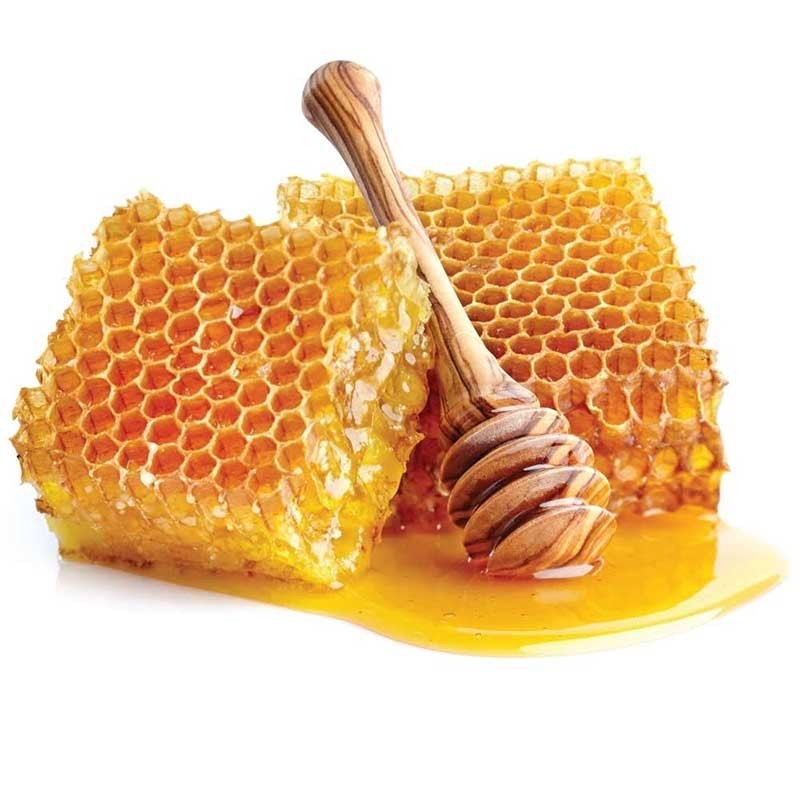
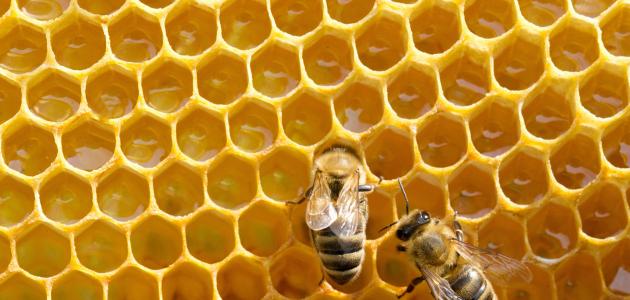
 Admin
Admin 